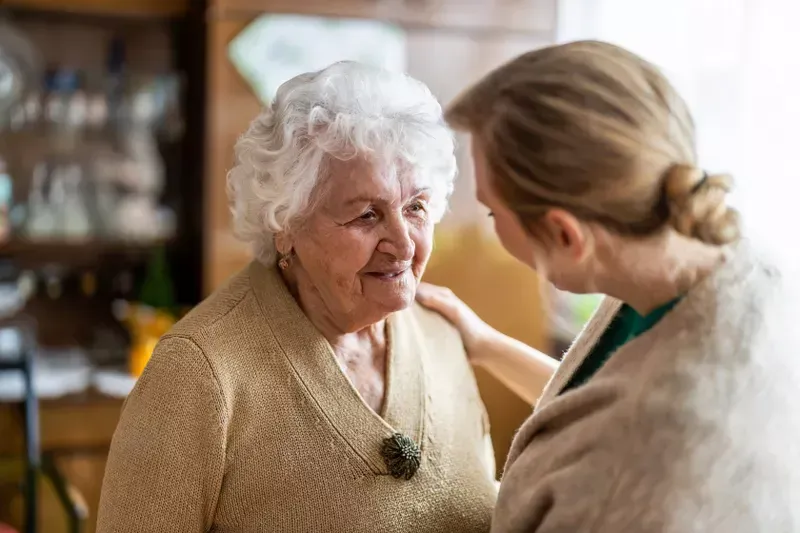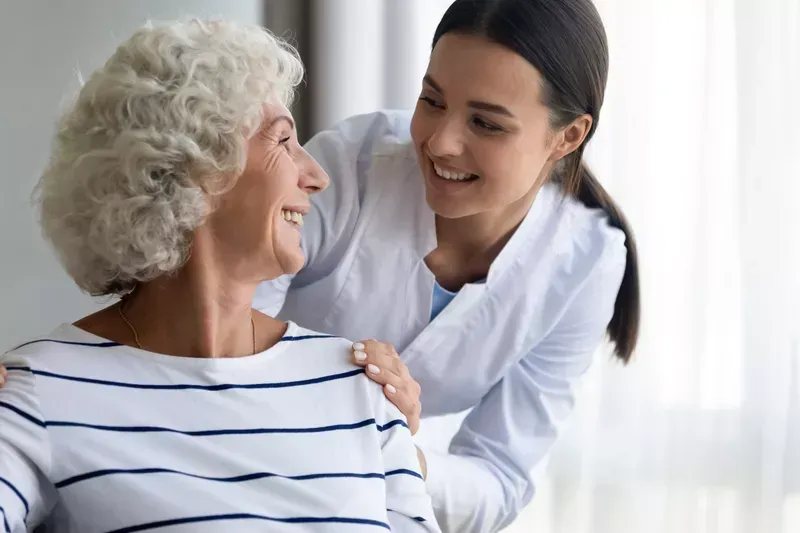BLOG
The Role of Social Support in Brain Injury Recovery
Social support plays a crucial role in the recovery process for brain injury survivors, influencing both emotional well-being and physical rehabilitation. Recovering from a brain injury often involves navigating significant changes in cognitive and physical abilities, which can feel overwhelming. A strong network of family, friends, and professional caregivers provides survivors with encouragement, practical assistance, and emotional stability. This support helps mitigate feelings of isolation, reduces stress, and fosters a sense of belonging during a challenging time.
Beyond its emotional benefits, social support actively contributes to recovery outcomes. Regular interaction with a supportive community motivates survivors to participate in rehabilitation activities and follow medical advice.
Understanding the Importance of Social Support in Brain Injury Recovery
Brain injuries often result in cognitive, emotional, and physical challenges, which can leave survivors feeling isolated. Social support helps bridge this gap by providing connection and understanding. Survivors who feel supported are more likely to adhere to rehabilitation programs and maintain a positive outlook.
Support networks offer practical help with daily activities like transportation, household tasks, or appointment scheduling. This assistance alleviates stress and allows survivors to focus on recovery. Having reliable support ensures that survivors feel less overwhelmed by day-to-day responsibilities.

Emotional stability is another significant benefit of social support. Positive interactions reduce stress and combat feelings of depression or anxiety that are common after a brain injury. This emotional balance is crucial for maintaining motivation during the recovery process.
Lastly, a strong social network fosters accountability. Caregivers and loved ones can encourage survivors to meet recovery goals, participate in therapies, and adhere to treatment plans. This collective effort greatly enhances long-term outcomes.
Building a Support Network for Brain Injury Recovery
Establishing a support network begins with identifying reliable sources of help, such as family, friends, and professionals. Each group plays a unique role in recovery and offers varied assistance and encouragement.
Family members often serve as primary caregivers, providing daily assistance and emotional reassurance. Their close involvement helps survivors feel secure and supported. Open communication with family ensures they understand the survivor’s needs and challenges.
Friends contribute by offering companionship and reducing feelings of isolation. Socializing in a comfortable and safe environment helps survivors regain confidence and rebuild social skills. Friends can also provide a break for primary caregivers, ensuring they avoid burnout.
Professional caregivers and therapists offer specialized support tailored to the survivor’s condition. They bring expertise in managing physical and cognitive recovery and addressing emotional well-being. Combining professional and personal support creates a balanced approach to care.
The Emotional Impact of Social Connections
Rebuilding emotional resilience is a cornerstone of brain injury recovery. Survivors often face frustration, anger, or sadness due to the changes in their abilities. Social support provides a safe outlet for expressing and processing these emotions.
Engaging with empathetic individuals helps survivors feel understood and less alone in their struggles. Caregivers who listen without judgment foster trust and emotional healing. These connections promote a sense of security and belonging.
Support groups for brain injury survivors and caregivers are another invaluable resource. Sharing experiences with others who face similar challenges creates a sense of camaraderie and validation. Survivors and caregivers benefit from learning new coping strategies and gaining fresh perspectives.
Celebrating small victories with loved ones can reinforce positive emotions and boost morale. Whether achieving a therapy goal or mastering a daily task, shared celebrations strengthen bonds and encourage continued progress.
The Role of Community Resources in Brain Injury Recovery
Community resources can transform the recovery journey for brain injury survivors. Local organizations, support groups, and rehabilitation centers offer valuable assistance and guidance. These resources complement personal and professional support networks, ensuring comprehensive care for survivors. Accessing these resources expands opportunities for recovery, rehabilitation, and social reintegration.
Support groups specific to brain injury survivors provide a safe space to share experiences and coping strategies. Participants benefit from connecting with others who understand their challenges, fostering mutual encouragement. These groups also empower caregivers by offering advice and emotional support tailored to their roles. Together, these interactions build a sense of solidarity and resilience.

Rehabilitation centers often provide specialized programs to address the unique needs of brain injury survivors. Physical therapy, cognitive retraining, and vocational rehabilitation help survivors regain skills and independence. Collaboration with local centers ensures survivors receive targeted care that aligns with their recovery goals.
Educational workshops and community events help raise awareness about brain injury recovery and available support systems. These initiatives empower survivors and caregivers with knowledge about coping strategies, medical advancements, and resources. Engaging with community-based programs ensures survivors have a well-rounded network to support their long-term recovery.
Practical Benefits of Social Support for Daily Living
Beyond emotional assistance, social support directly impacts the logistics of daily living for brain injury survivors. Practical help ensures survivors can focus on recovery rather than being overwhelmed by routine tasks.
Transportation is often a significant challenge for survivors who cannot drive. Reliable support for attending medical appointments or therapy sessions ensures consistency in care. Caregivers or community services can help fill this gap.
Assistance with managing finances or household chores alleviates additional stress. Simplifying these responsibilities allows survivors to conserve energy for physical and cognitive recovery. Organized support helps maintain a stable living environment.
Technology can also enhance social support, connecting survivors with loved ones and professional resources. Virtual check-ins, reminders, and online therapy sessions are practical ways to stay connected and supported.
Encouraging Independence Within Support
While social support is vital, fostering independence is equally important for brain injury survivors. Over-reliance on caregivers can hinder personal growth and confidence. Striking a balance between assistance and autonomy is key.
Encouraging survivors to take small steps toward self-reliance builds confidence. For example, managing daily routines with minimal supervision reinforces a sense of accomplishment. Caregivers can provide backup without taking over entirely.
Adaptive tools and technologies, such as scheduling apps or assistive devices, empower survivors to handle tasks independently. These tools promote self-sufficiency while ensuring safety and efficiency.
Involving survivors in decision-making about their care fosters empowerment. When survivors feel their input is valued, they are more likely to stay engaged in recovery efforts. Independence strengthens resilience and prepares survivors for long-term success.
Get Strength in Connection with Brain Injury Recovery
Social support is a cornerstone of brain injury recovery. It offers emotional reassurance, practical assistance, and motivation to persevere. Building a strong family, friends, and professional network creates a foundation for immediate and long-term recovery.
Contact us today to learn how our team can provide personalized support for brain injury survivors. Together, we can foster a path to recovery that prioritizes safety, independence, and well-being.















